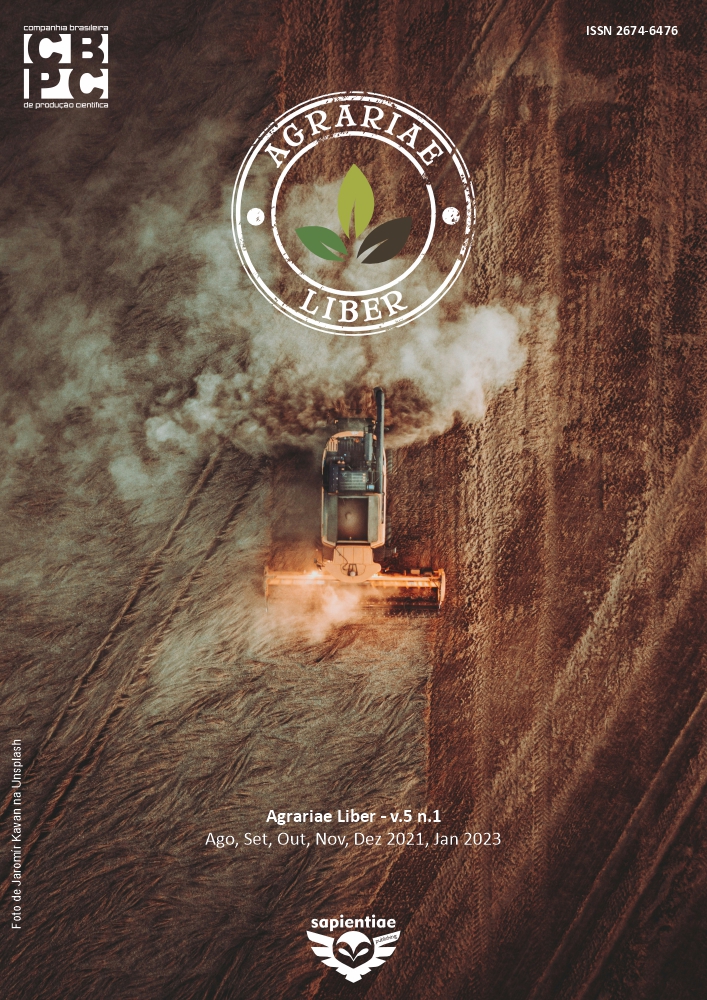Environmental perception and urban arborization in praça do pescador and praça do parque, located in Santarém, PA
DOI:
https://doi.org/10.6008/CBPC2237-9290.2019.003.0001Keywords:
Perception, Social actors, Urban AfforestationAbstract
Environmental perception comes from understanding the interrelationships between the environment and social actors, that is, how society perceives its surroundings, expressing its opinions, expectations and proposing lines of conduct. Due to the importance of studies of this nature, which prioritize the quality of life of the residents and the city, the study aimed to evaluate the level of awareness of the visitors of two squares in Santarém-PA, in relation to urban afforestation through the study of environmental perception. The methodology for the research consisted of the application of a questionnaire, with the purpose of detecting the opinions of the citizens about the urban forestation in some squares in the city of Santarém. It was established the application of the same in the Praça do Pescador and Praça do Parque da Cidade, making a total of 30 interviewees. The study made it possible to perceive, through the interviews, that the visitors of the squares of the Fisherman and City Park, recognize that the afforestation, besides its basic environmental functions, works in the daily life of the population as an element of great importance for the well being of the Santarian population. The results showed that the people in the squares have knowledge about all the benefits that afforestation can bring to the quality of life in the urban perimeter, considering mostly factors related to the environmental microclimate.
Downloads
Downloads
Published
Issue
Section
License
The CBPC - Companhia Brasileira de Produção Científica (Brazil CNPJ: 11.221.422/0001-03) the material rights of the published works. The rights relate to the publication of the work anywhere in the world, including rights to renewals, expansions and dissemination of the contribution, as well as other subsidiary rights. All electronically published works may subsequently be published in printed collections under the coordination of this company and / or its partners. The authors preserve the copyright, but are not allowed to publish the contribution in another medium, printed or digital, in Portuguese or in translation.








